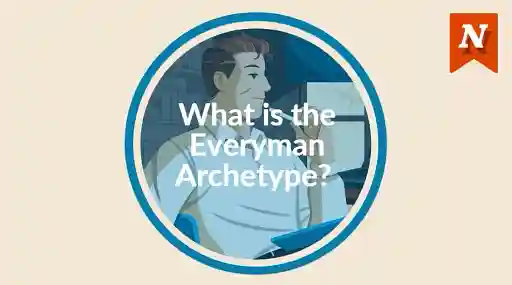If J.R.R. Tolkien knows how to do one thing, it's create characters that readers love. Luckily, he also knows how to create wonderful worlds and engaging plot twists, too, but it's the characters who really stick with you after reading one of his books. In the first book in his history of Middle Earth, The Hobbit, Tolkien uses plot to change characters or reveal truths about them in really interesting ways.
The two characters who show the most development in The Hobbit are the main protagonist, Bilbo Baggins, and the leader of the dwarves, Thorin Oakenshield. The remainder of the dwarves do not change much over the course of the story, and Gandalf the wizard remains a cipher whom we only learn more about in the subsequent books of the triology, The Lord of the Rings.
Bilbo is an effective choice as the protagonist because he is a stand-in for the reader. We may not be Shire-dwelling hobbits, but we are also not wizards or dwarves setting off on epic quests to retrieve treasure. Like Bilbo, most of us lead fairly ordinary and uneventful lives. We enjoy being at home where we can relax, cook our meals and get on with our hobbies. Bilbo is an excellent example of a main character who encourages immediate reader identification.
Thorin Oakenshield initially appears to be a strong, proud and effective leader. Sceptical of Bilbo’s inclusion in the quest, he eventually comes around to accepting the hobbit as a valuable member of the party.
While occasionally the point of a story is that a character cannot change, generally, character change is crucial for the protagonist of a story, and Bilbo undergoes profound changes over the course of the novel. With Thorin, on the other hand, we don’t so much see a character change as we do a character revelation as aspects of his personality come out due to the situations created by the plot.
Bilbo spends much of the first part of the quest terrified, uncomfortable and unhappy. He frequently voices the desire to be back at home and not on an adventure at all. Yet Tolkien presents Bilbo with a series of challenges that he begins rising to meet. By having Bilbo use his cleverness to escape Gollum, rescue the dwarves from both giant spiders and wood-elves and finally to lead the way into the lair of Smaug the dragon, Tolkien shows in a concrete way how his character is being altered by the events of the story. By the story’s end, Bilbo is a changed man. Not only has he been heroic, but he has fallen in love with travel and adventure. Life at home will never be the same.
Thorin fares less well. As the story progresses, he remains a brave warrior, but Tolkien uses his tendency toward greed and his temptation to keep the treasure to reveal his weaknesses as a leader and a man. Again, here we can see how plot and character development are intertwined, each supporting and developing the other.
In addition to being a master of character development, Tolkien is also excellent at taking tropes of the fantasy genre (such as the trusty sidekick or the magic artefact that holds immense power) and breathing new life into them. Although understanding how to develop your characters is important, when writing a fantasy novel it is wise to invest just as much time in creating a believable and original world.
What else have you learned about writing from reading The Hobbit?










Ironically I clicked on this to read about how bad the character development was in The Hobbit, and here you are saying the opposite. O_O I literally can hardly remember the names or even appearances on most of the dwarves and they were the main characters for 3 movies yet they hardly even talked! The Lord of the Rings had perfect development, I have remembered and Loved all the characters all these years without any issue as they were written so well and memorable. But the hobbit was the opposite.. It should have been much more character development on all the dwarves particularly, Thorin was done well, but the others was truly poorly written. I think 3 of the dwarves dodn't even say one line in the last movie! -_-
Maria Anett Lie øvergård - Almost 10 years ago
Hi Maria. That's what I love about stories, everybody has their own unique reading and experience. This was referring specifically to the books, so perhaps the movies didn't capture character quite as well. Sometimes this does happen. I think that's always a challenge for writers, isn't it? Juggling secondary smaller characters and central ones without any one character feeling hollow or inessential.
Bridget At Now Novel - Almost 10 years ago
This actually helped me so much. I had a report to do for school and I chose the Hobbit for my book. I was having a hard time writing it and this saved my life!
Janelle Borrowman - Almost 5 years ago
Hi Janelle, that's great! I hope you get a grade you're very happy with. Thank you for reading our blog.
Jordan - Almost 5 years ago